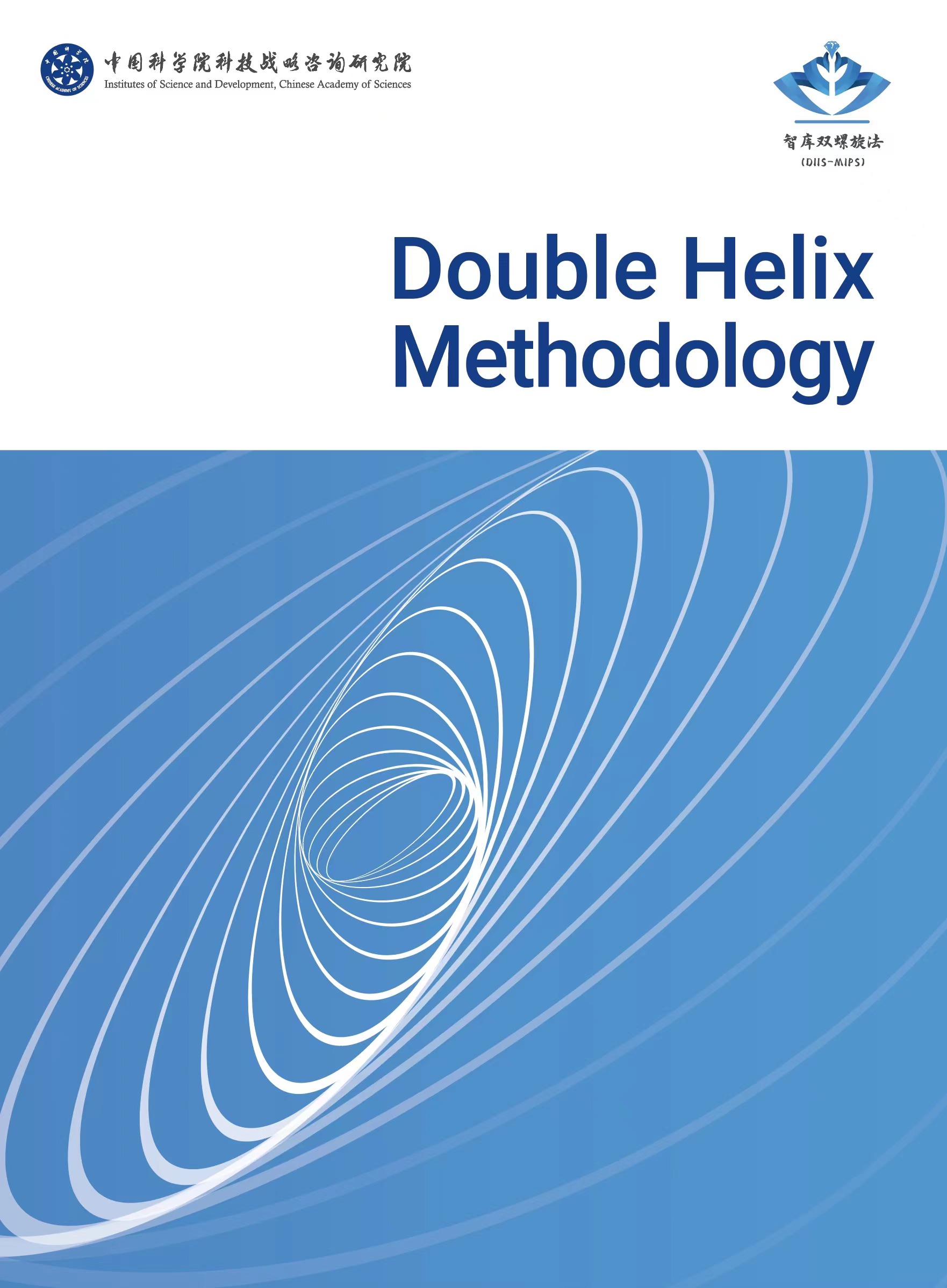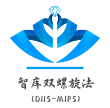Like a strand of DNA, the Double Helix Methodological system features two main interconnected components – an integrated model concerned with data, information, intelligence, and solutions (DIIS) and one covering mechanisms, impact, policy and solutions (MIPS). The model has made it possible to unravel think tank problems and for think tanks to better engage in scientification and advance towards disciplinization amidst the formation of think tank science and engineering.
Current Issue: 2025 - Volume 6, Issue 11
Research-Articles
A Novel Consensus Considering Endo-Confidence with Double-Hierarchy Hesitant Fuzzy Linguistic Term Set and Its Application
Honghai Xu, Xiaoli Tian, Li Liu, Wanqing Li
An Evolutionary Game Approach to Enhancing Semiconductor Supply Chain Security in China: Collaborative Governance and Policy Optimization
Ye Yuan, Jingtao Zhao, Jiacheng Liu, Jiang Yu
Adapting conservation easement to Chinese conservation context: from theory to practice
Siyuan He, Yu Wei
Open-Source Collaboration for Industrial Software Innovation Catch-Up: A Digital–Real Integration Approach
Xiaohong Chen, Qigang Zhu, Yuntao Long
Fast could be green? The carbon emission effect of large computing clusters in China
Yang Haodong, Wang Chen, Gaofeng Wang
Mapping Hong Kong’s academic collaboration networks: investigating its role in a cross-border regional innovation system
Yun Wang, Raymond Aitibasa Atanga, Yue Guo, Xihong Liu, Ningning Zhang, Yi Liu
Can we improve well-being while reducing carbon emissions? Household-level evidence from China
Jiaming Yu, Wenling Liu, Xiaoyan Meng, Xinzhu Zheng


